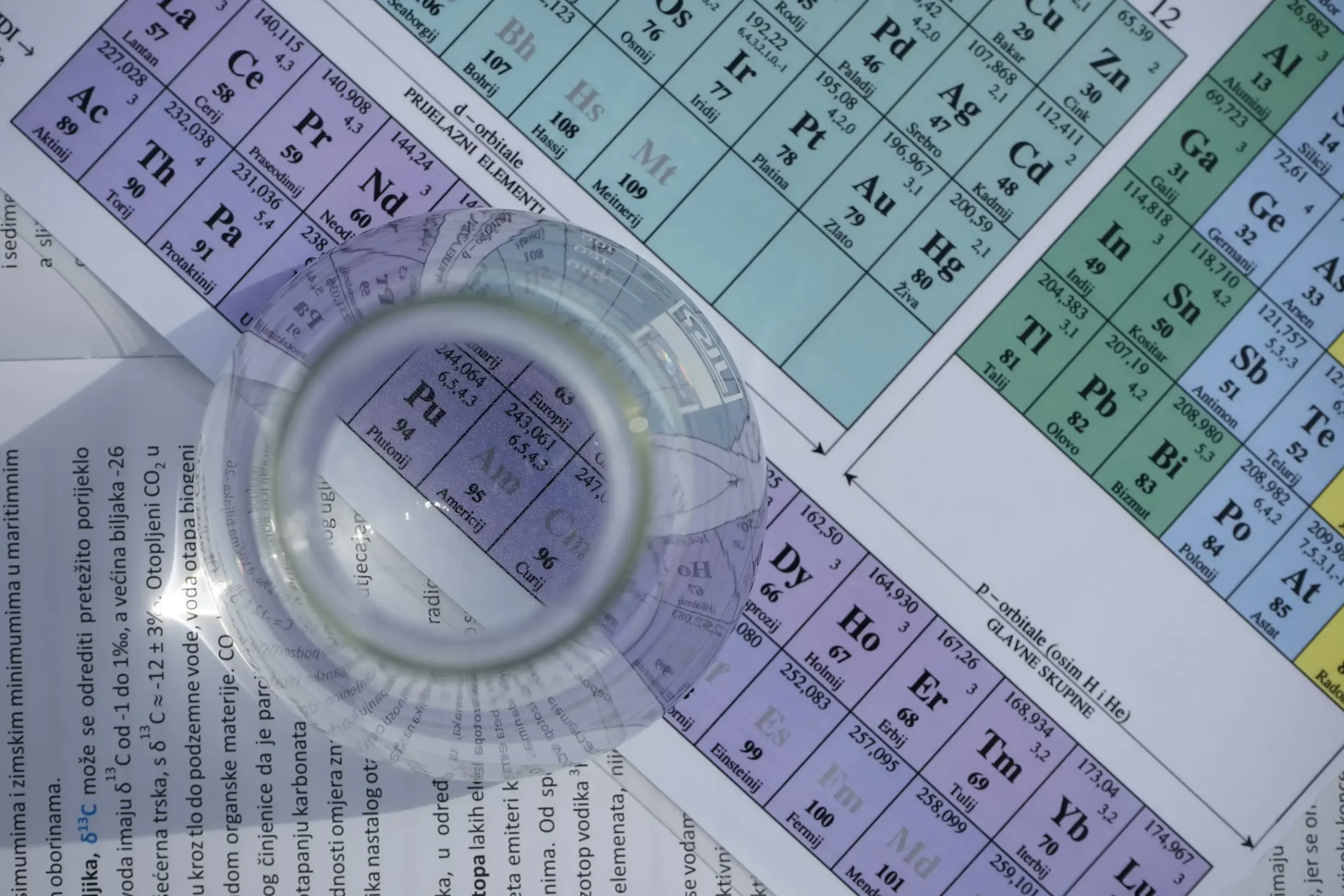
Image by Vedrana Filipović, from Unsplash
Landmark Experiment Creates Livermorium, Sets Stage for Element 120
Scientists have created livermorium (element 116) using a new technique. This offers a potential route to synthesising the elusive element 120, which would be the heaviest element on the periodic table.
Researchers at Lawrence Berkeley National Laboratory have successfully created two atoms of livermorium, a rare super-heavy element. They have done so by using a method that could enable the synthesis of the element 120. This breakthrough was presented on July 23 at the Nuclear Structure 2024 conference.
Reiner Kruecken, who leads Berkeley Lab’s Nuclear Science Division, stated “We think it will take about 10 times longer to make 120 than 116. It’s not easy, but it seems feasible now.”
The team began with rare isotopes of titanium, which were vaporised in a special oven at 1650°C (around 3000°F). The titanium vapor was then transformed into a charged beam using microwaves and fed into a particle accelerator. When the beam collided with a plutonium target at roughly 10% of the speed of light, the resulting debris revealed the presence of two livermorium atoms. Despite their rapid decay, the measurement was highly precise, with only a one in a trillion chance of being a statistical fluke.
This new technique, involving titanium, is significant because titanium has never been used in such experiments due to its difficulty in forming a well-controlled beam. Nevertheless, physicists believe that titanium beams will be crucial for creating element 120, also known as unbinilium, which would contain 120 protons in its nucleus.
“If you want to push above what we currently know on the periodic table, you need to find a new way of making heavy elements,” explains Jacklyn Gates, who leads the project at Berkeley Lab.
Previously, scientists relied on beams of calcium-48 to create superheavy elements. However, this method has limitations – the target elements become increasingly radioactive and short-lived, making them impractical for further exploration. Titanium ions offer a solution, allowing scientists to use more stable target elements.
Jacklyn said “Creation of a new element is an extremely rare feat. It’s exciting to be a part of the process and to have a promising path forward.”
This new method not only demonstrates the potential for creating element 120 but also opens up possibilities for discovering other super-heavy elements, further expanding our understanding of the periodic table.


 Previous Story
Previous Story

 Latest articles
Latest articles 

Leave a Comment
Cancel